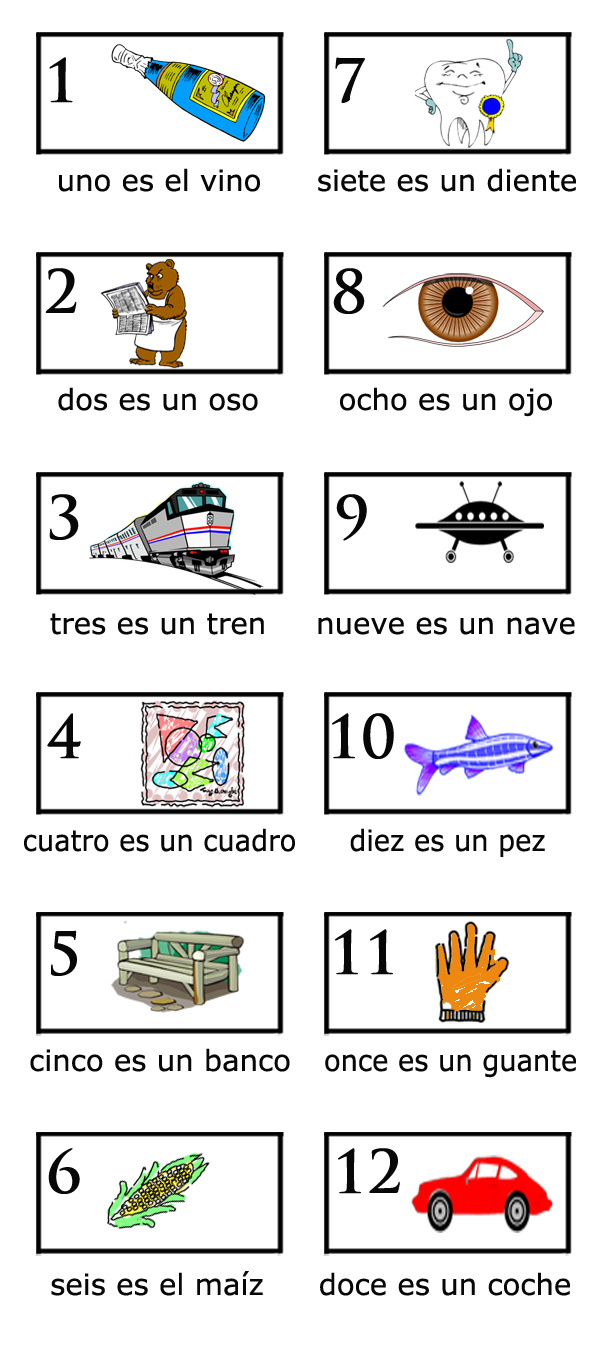Difficulty in remembering people’s names is one of the most common memory tasks that people wish to be better at. And the reason for this is not that their memory is poor, but because it is so embarrassing when their memory lets them down.
This isn’t just an issue at a personal level. It’s a particular issue for anyone who has to deal with a lot of people, many of whom they will see at infrequent intervals. Nothing makes a person — a client, a customer, a student — feel more valued than being remembered.
